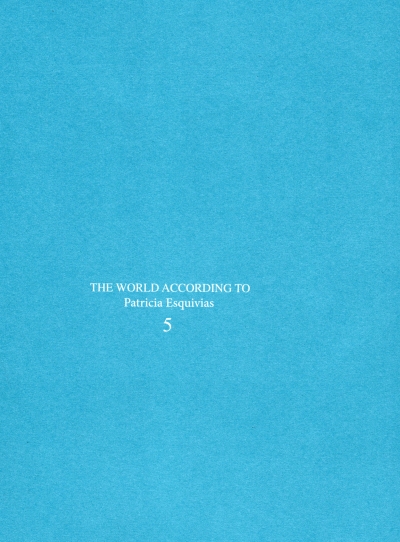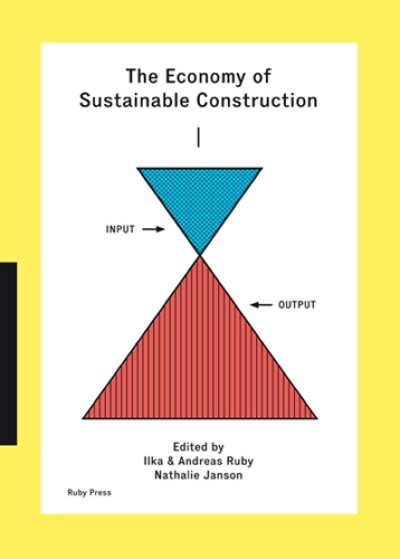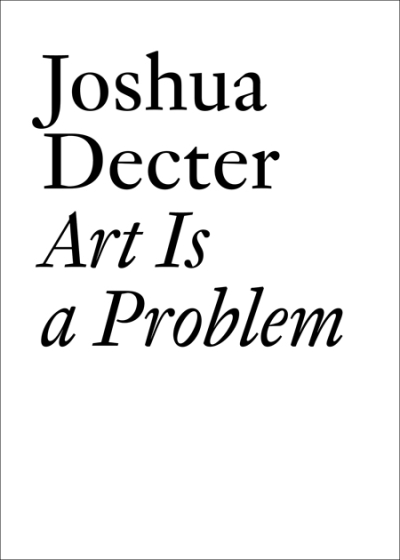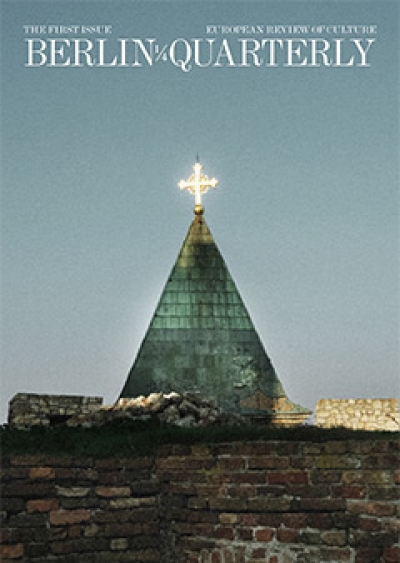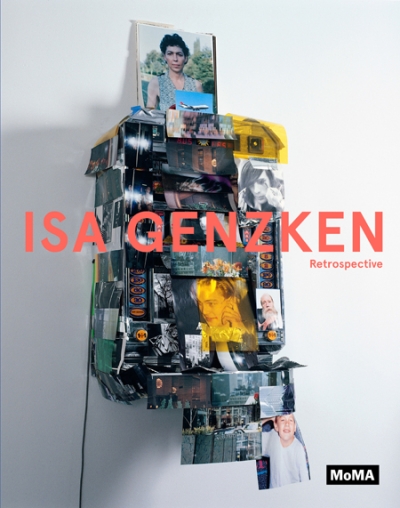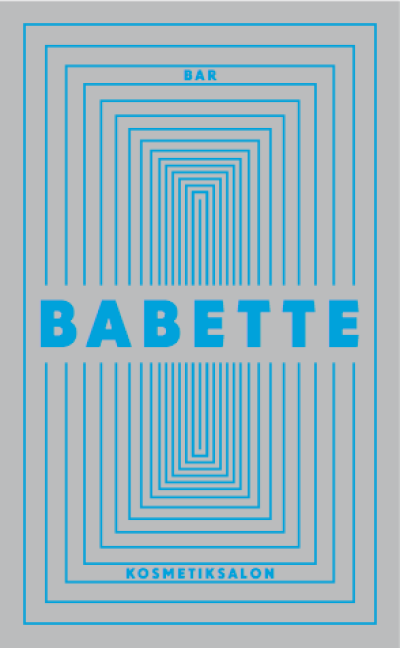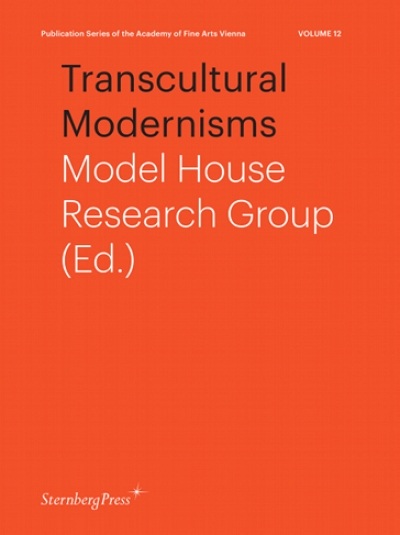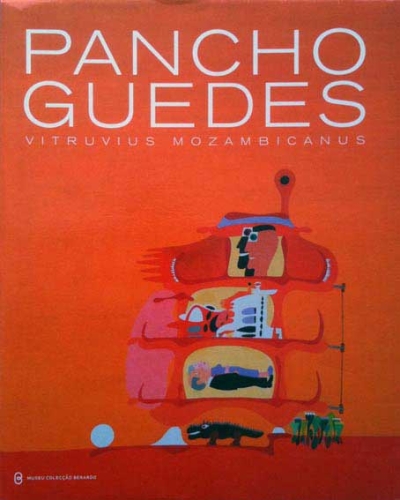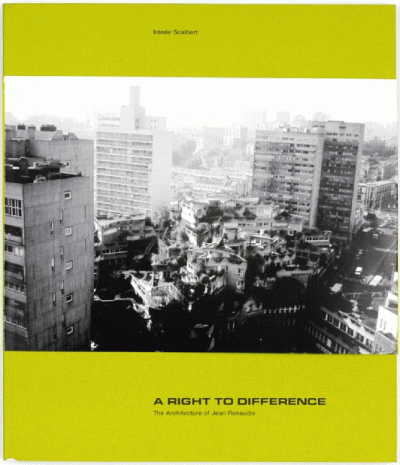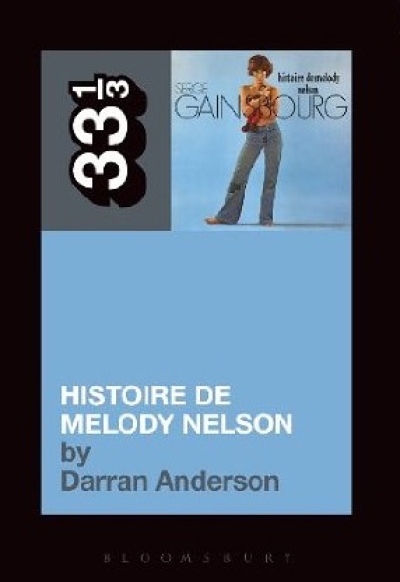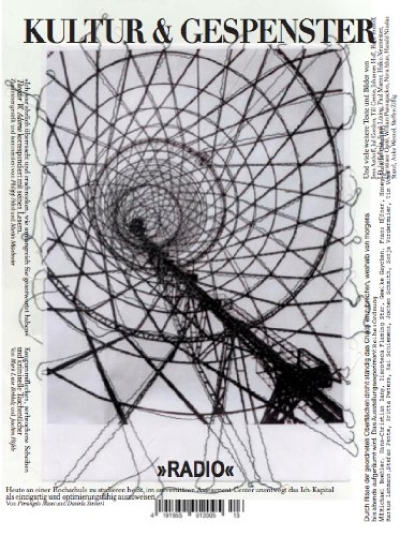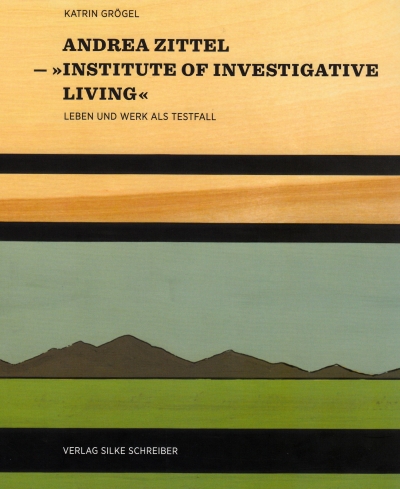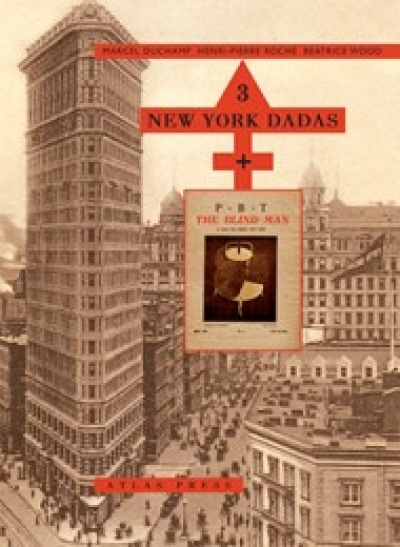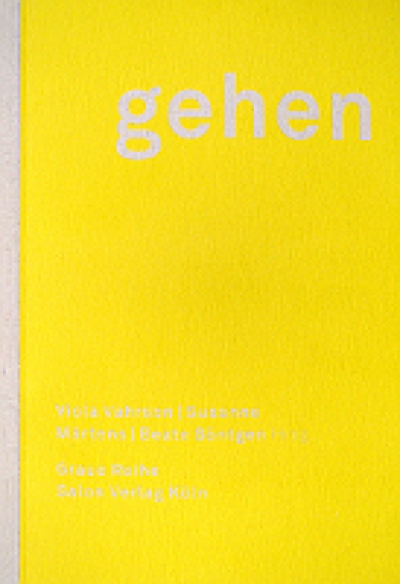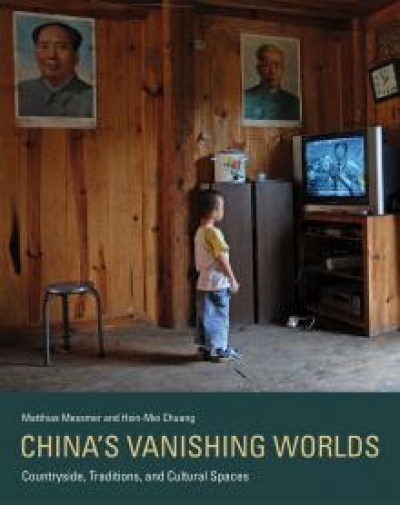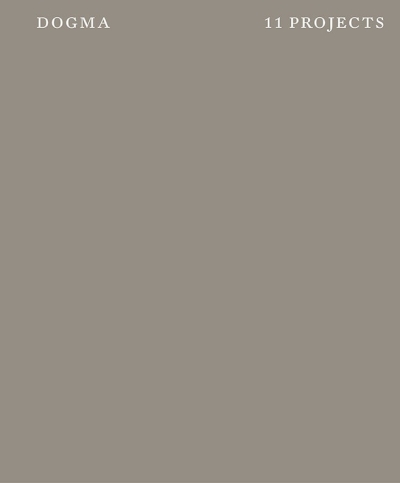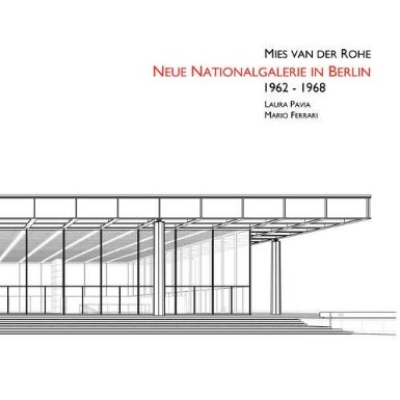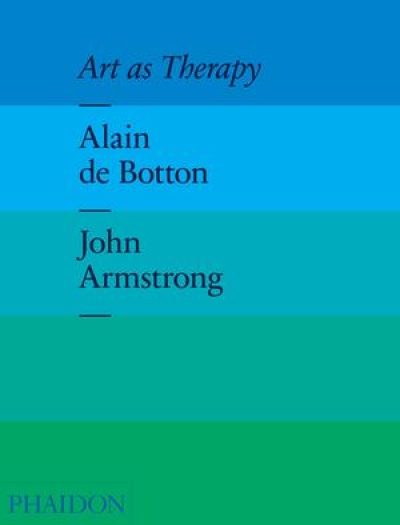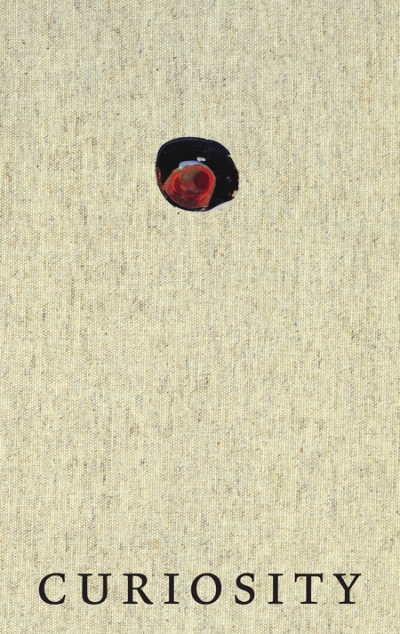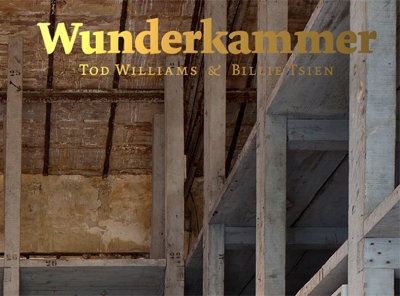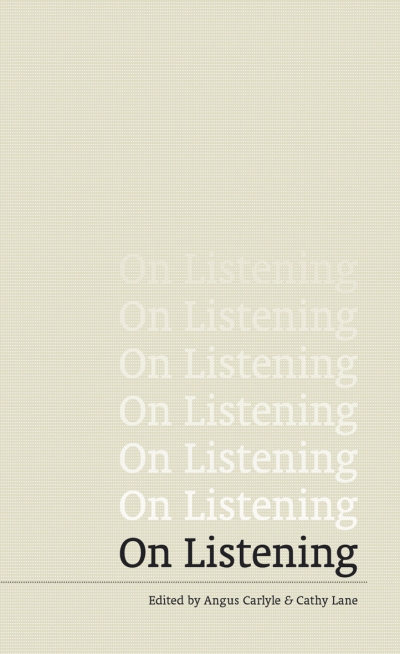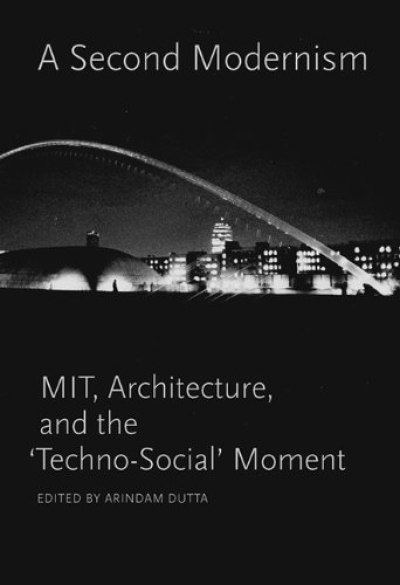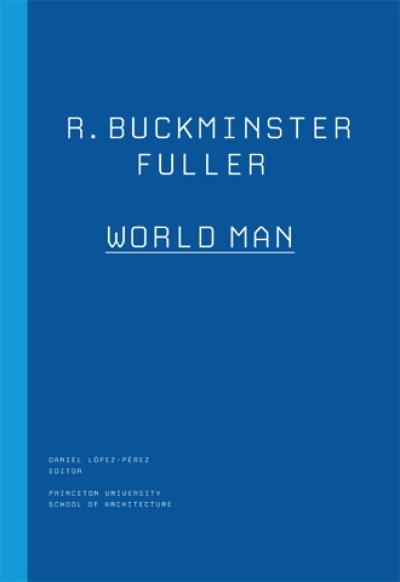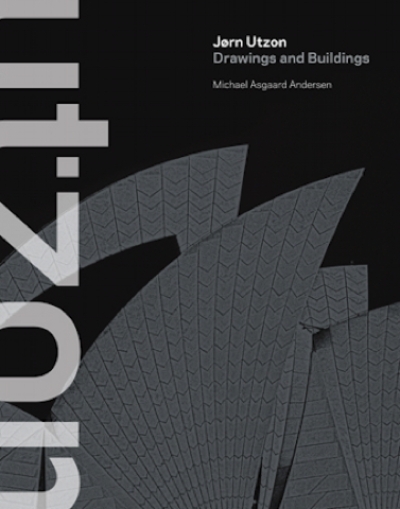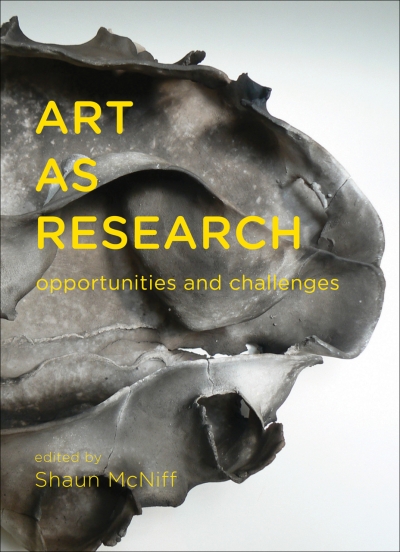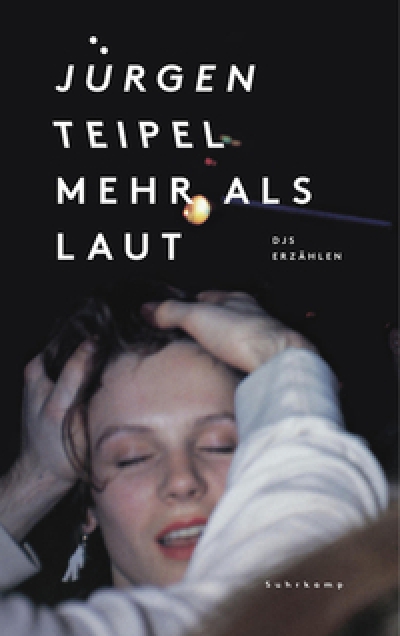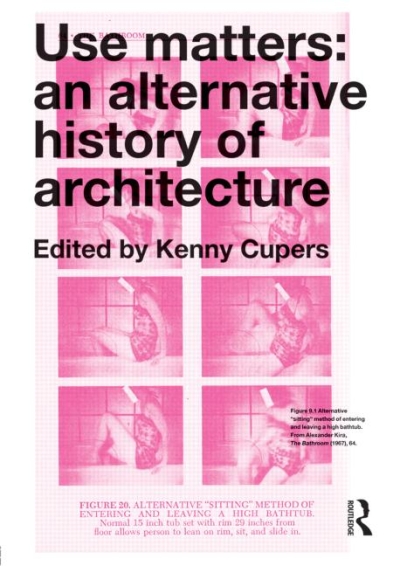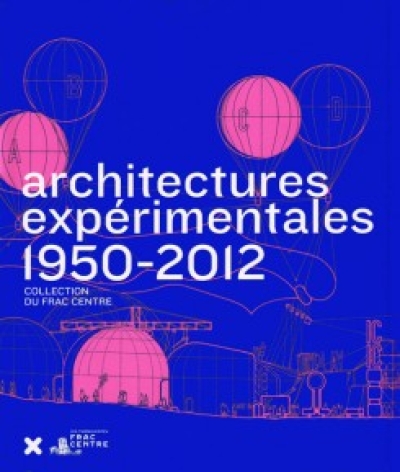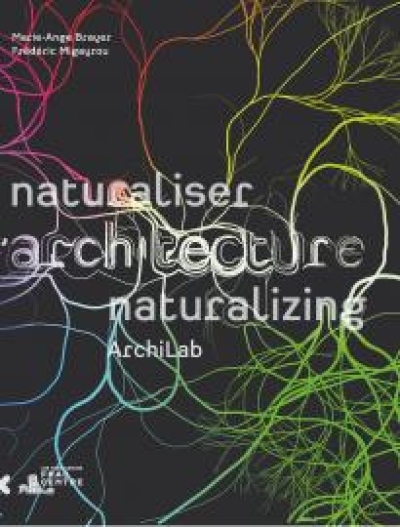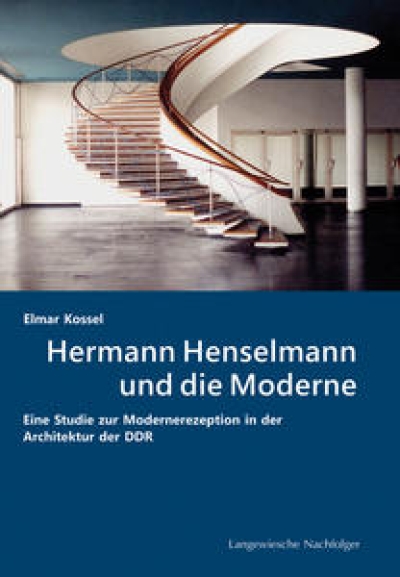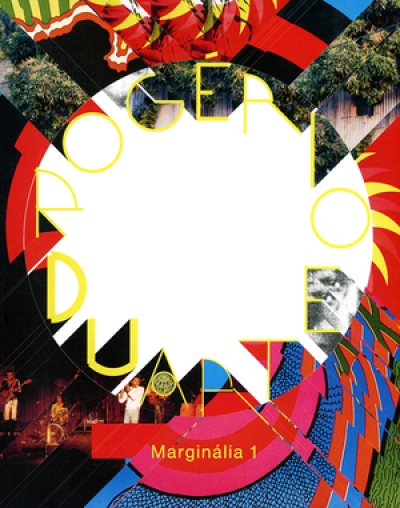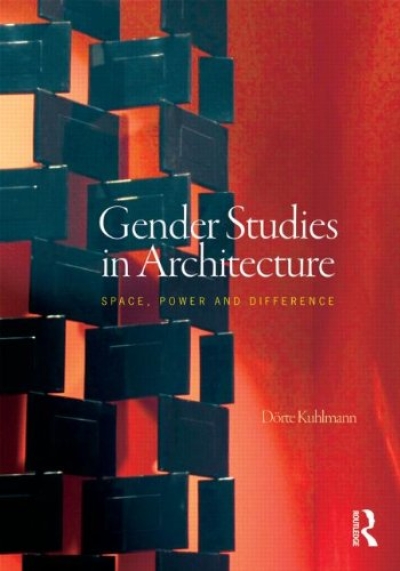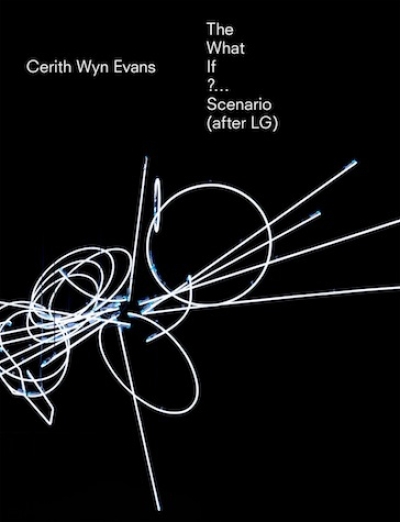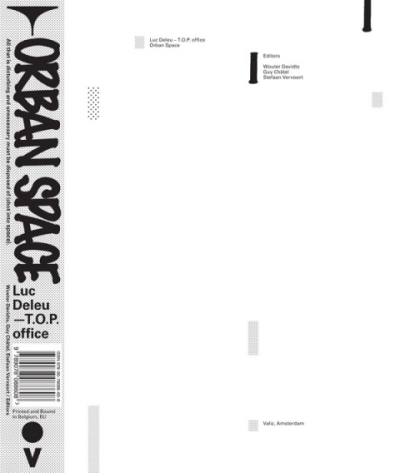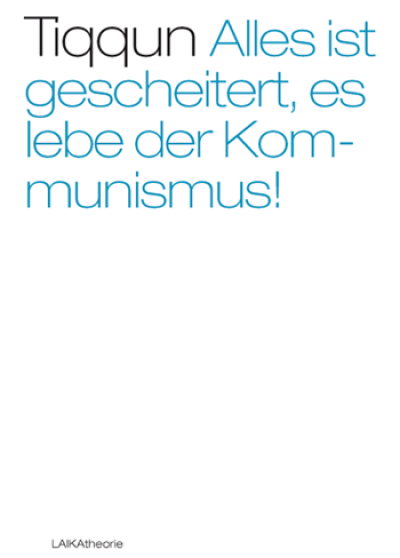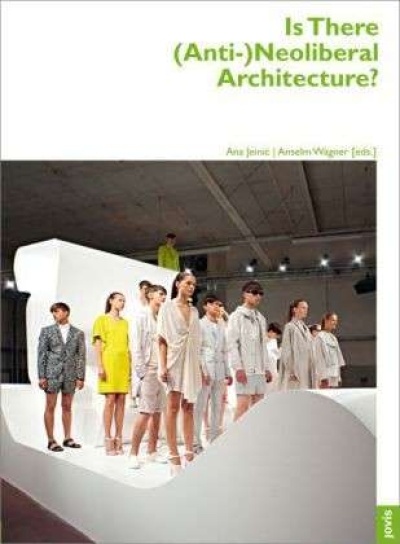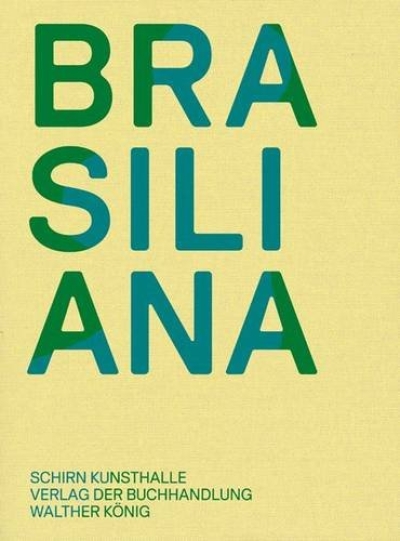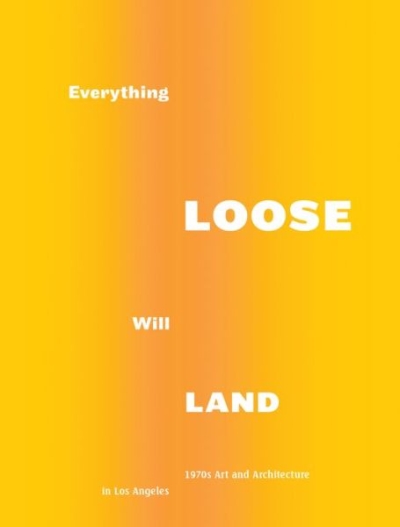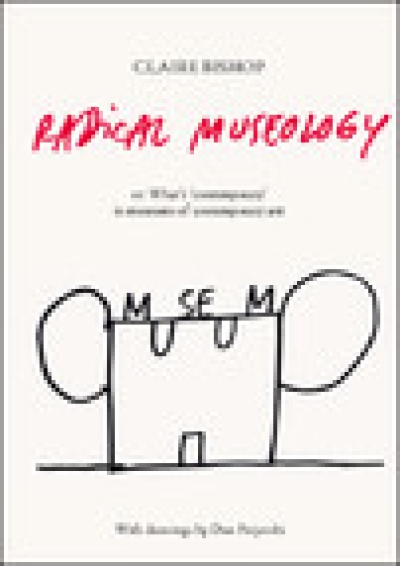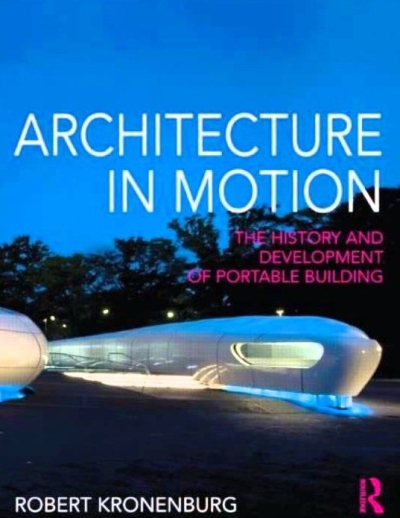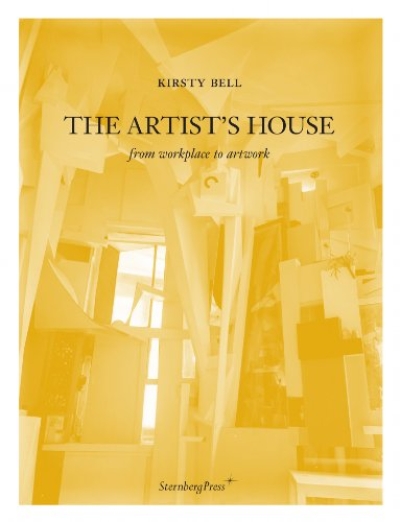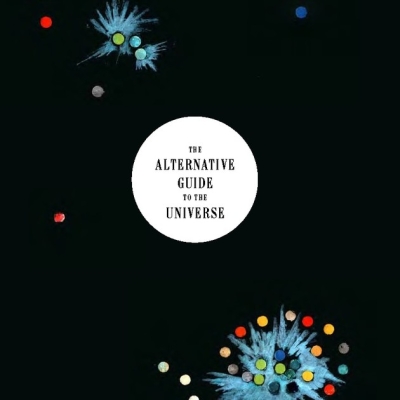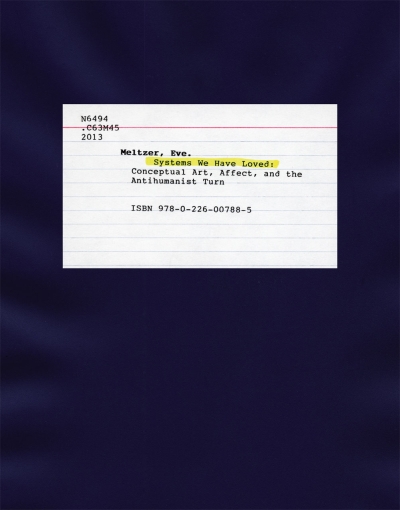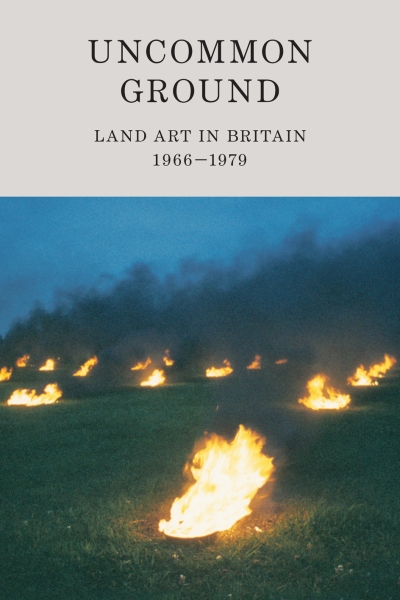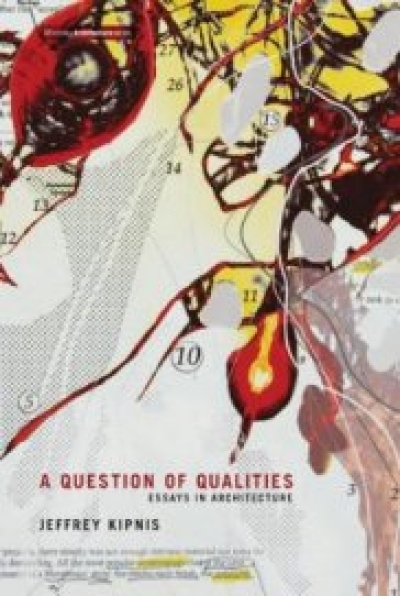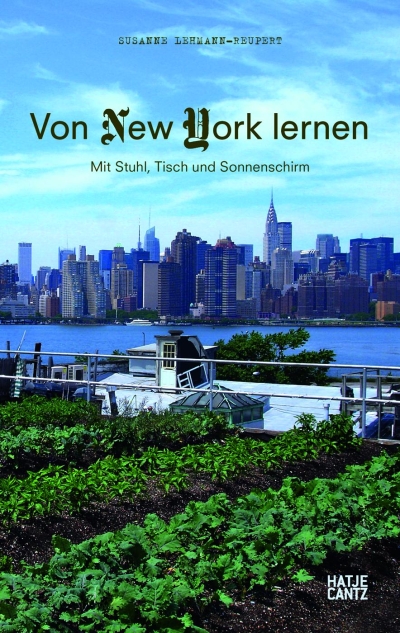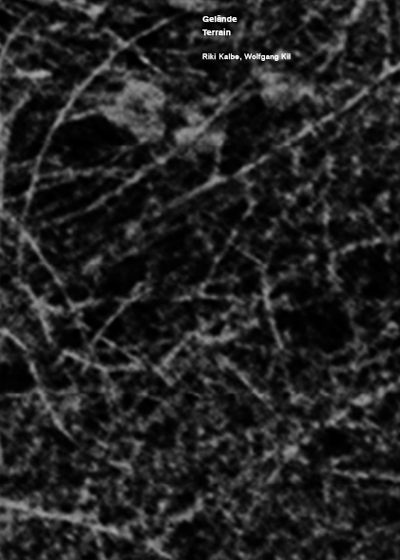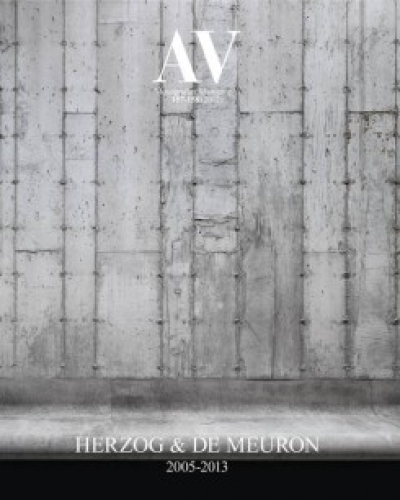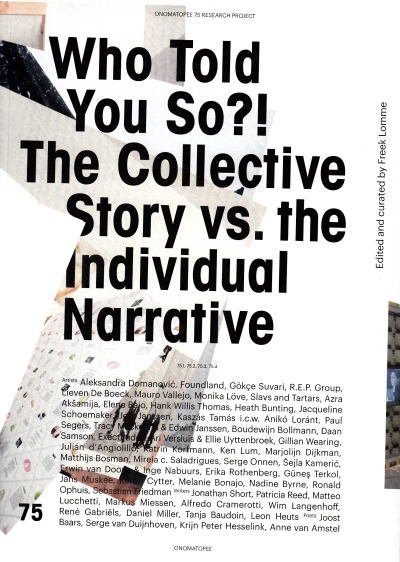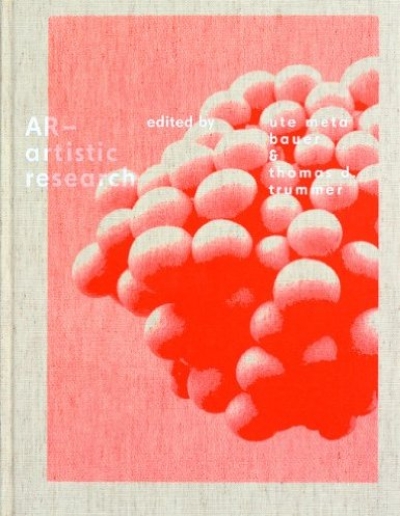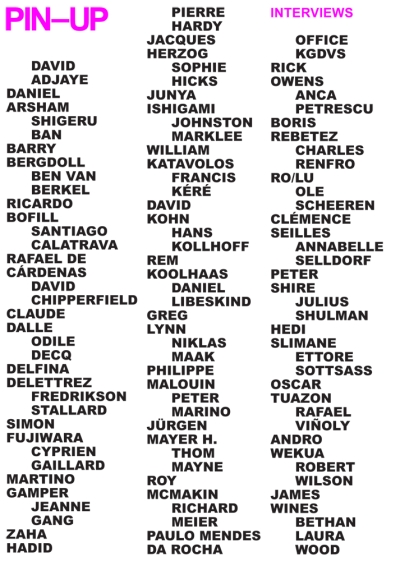
The Whole Earth. California and the Disappearance of the Outside
In the year 1966, a young man named Stewart Brand handed out buttons in San Francisco reading: “Why haven’t we seen a photograph of the whole Earth yet?” Two years later, the NASA photograph of the “blue planet” appeared on the cover of the Whole Earth Catalog. In creating the catalogue, frequently described as the analogue forerunner of Google, Brand had founded one of the most influential publications of recent decades. It mediated between cyberneticists and hippies, nature romantics and technology geeks, psychedelia and computer culture, and thus triggered defining impulses for the environmentalist movement and the rise of the digital network culture.
The photo of the blue planet developed a sphere of influence like almost no other image: it stands not only for ecological awareness and crisis but also for a new sense of unity and globalization. The universal picture of “One Earth” hence anticipated an image of the end of the Cold War, whose expansion into space it accompanied, and overwrote or neutralized political lines of conflict by transferring classical politics and criticism of it to other categories, such as cybernetic management or ecology.
The exhibition “The Whole Earth” is an essay composed of cultural-historical materials and artistic positions that critically address the rise of the image of “One Earth” and the ecological paradigm associated with it. The accompanying publication includes image-rich visual essays that explore key themes: “Universalism,” “Whole Systems,” “Boundless Interior,” and “Apocalypse, Babylon, Simulation,” among others. These are surrounded by critical essays that shed light onto 1960s California and the networked culture that emerged from it.
Artists: Nabil Ahmed, Ant Farm, Eleanor Antin, Martin Beck, Jordan Belson, Ashley Bickerton, Dara Birnbaum, Erik Bulatov, Angela Bulloch, Bruce Conner, Öyvind Fahlström, Robert Frank, Jack Goldstein, Nancy Holt and Robert Smithson, Lawrence Jordan, Silvia Kolbowski, Philipp Lachenmann, David Lamelas, Sharon Lockhart, Piero Manzoni, Raymond Pettibon, Adrian Piper, Robert Rauschenberg, Ira Schneider, Richard Serra, Alex Slade, Jack Smith, Josef Strau, The Center for Land Use Interpretation, The Otolith Group, Suzanne Treister, Andy Warhol, Bruce Yonemoto, et al.
With contributions by Sabeth Buchmann, Mercedes Bunz, Diedrich Diederichsen, Kodwo Eshun, Anselm Franke, Erich Hörl, Norman M. Klein, Maurizio Lazzarato, Flora Lysen, Eva Meyer, John Palmesino, Laurence Rickels, Bernd M. Scherer, Fred Turner
A German-language version of this publication is also available:
The Whole Earth. Kalifornien und das Verschwinden des Außen
ISBN 978-3-943365-76-4, €26,00
sold out, both!






